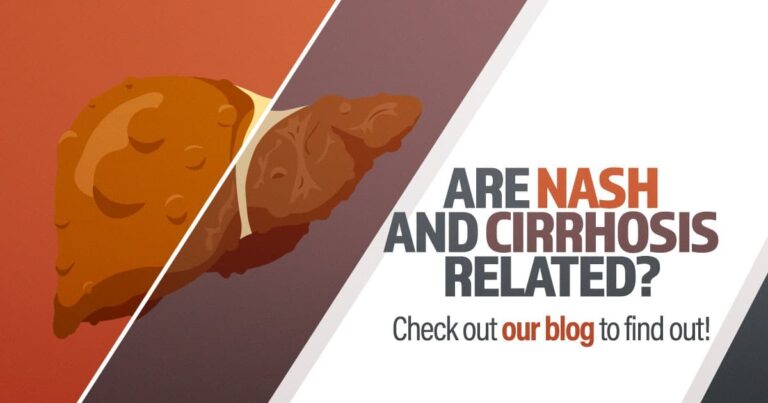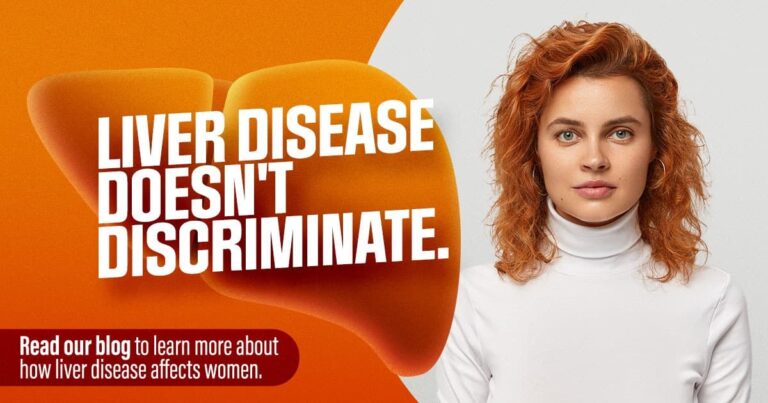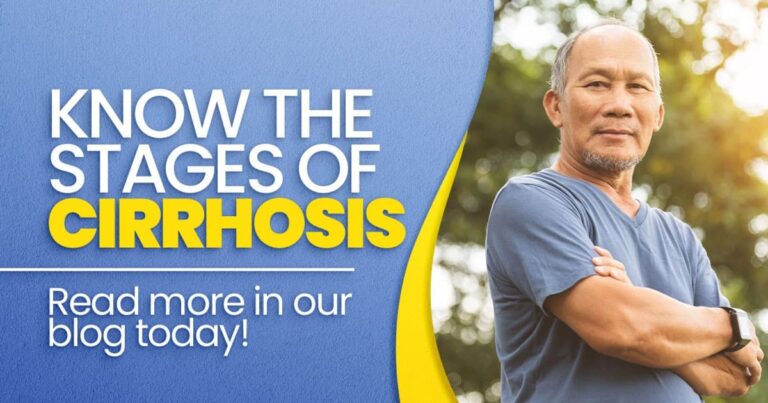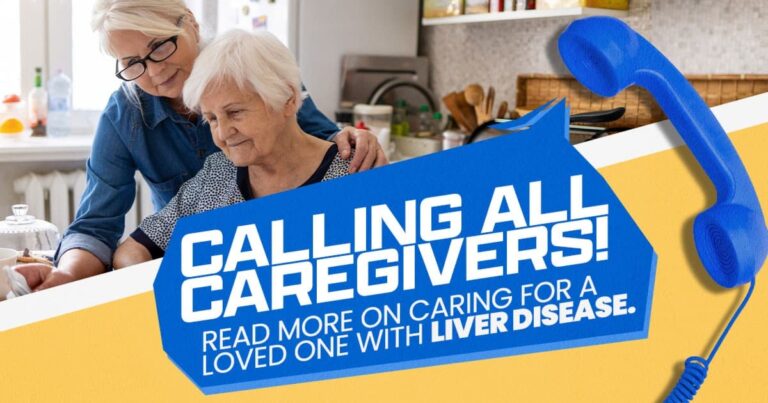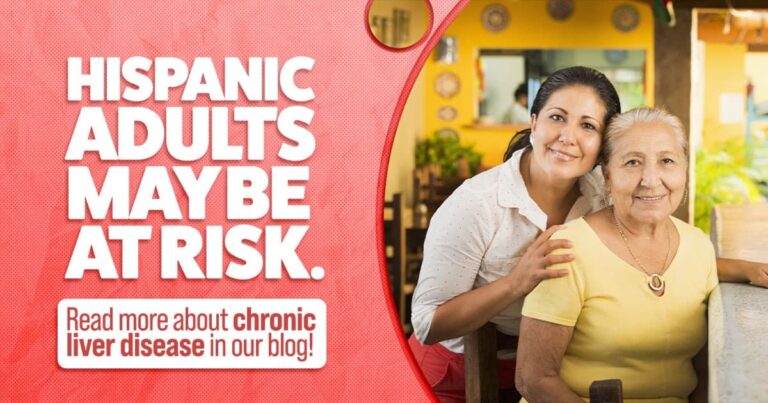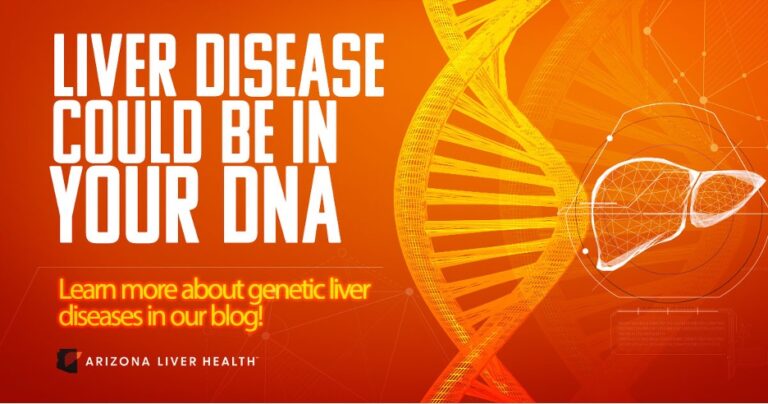
Liver Disease: It Can Run in the Family
Genetic liver diseases are rapidly becoming a more prevalent cause of liver disease, showing us that more than just good looks can run in the family. Learn more about genetic liver diseases, the most common kinds, and why maintaining good liver health remains important. About Genetic Liver Diseases Genetic liver diseases are a group of metabolic and genetic defects that are known to cause chronic liver disease. Unlike a liver condition such as NASH that’s typically caused by environmental and lifestyle factors, genetic liver conditions are hereditary and are likely to be found in close relatives or family members. The most common and critical genetic liver conditions are Alpha-1 Antitrypsin deficiency, hereditary hemochromatosis (HHC), and Wilson’s disease. However, various inheritable liver conditions exist but are rarer, such as Alagille syndrome and Crigler-Najjar syndrome. These inherited liver conditions can lead to various health complications and over time can manifest into liver scarring, cirrhosis and in some cases, liver failure. Alpha-1 Antitrypsin Deficiency Alpha-1 antitrypsin is a protein made by the liver that serves to protect the lungs. An alpha-1 antitrypsin (AAT) deficiency is a hereditary condition classified by the lack of a distinct enzyme. As a result, excess alpha-1 antitrypsin can accumulate in the liver. It’s not uncommon for adults afflicted by AAT deficiency to be asymptomatic until it advances into cirrhosis. Symptoms may be chronic or occur with acute respiratory infections and may include: Chest pain that escalates when breathing in Continuous exhaustion and low energy Decreased ability to exercise Excessive coughing with phlegm Lack of appetite Shortness of breath and wheezing Initial symptoms of AAT deficiency typically occur between the ages of 20-50 but affect some as early as infancy. If the lung disease associated with the Alpha-1 antitrypsin is not severe, those who develop cirrhosis and liver failure might be eligible for a liver transplant. Hereditary Hemochromatosis Hereditary hemochromatosis (HH) occurs when a surplus amount of iron gathers in the body. Excess iron in the body is toxic, and if left untreated, iron levels rise over time, and organ damage can cause cirrhosis and liver cancer. Hemochromatosis patients are revealed mainly through abnormal iron levels via bloodwork but can also be detected through genetic testing, and some may require a liver biopsy. Symptoms include abdominal pain, bronze or grey clear skin, joint pain, lethargy, loss of sex drive, and weight loss. The leading cause of death for HH patients is liver-related complications. The earlier you can achieve a diagnosis, the increased likelihood of avoiding these complications. Wilson’s Disease Approximately one in 30,000 people have Wilson’s disease. This genetic disorder doesn’t allow the body to discard extra copper, which causes a build-up in the liver and other organs. Like most things in life, moderation is essential, and the same can be applied to copper within our body. A person with a family history of Wilson’s disease is highly susceptible to also having it, with symptoms manifesting between the ages of 5-40. However, some diagnoses have been made as early as nine months and in adults seventy and up. It’s important to note that symptoms often remain undetected until it is too late but can be treated with appropriate medication if targeted appropriately. Importance of Liver Health Liver health maintenance is vital especially for those who are living with genetic liver diseases or those who are genetically predisposed to developing one. Through a balanced diet, routine exercise, responsible alcohol use, and weight management, you can help maintain good overall health. In addition, regular liver scans and check-ups can help detect any issues sooner rather than later. Click here to request your FREE
